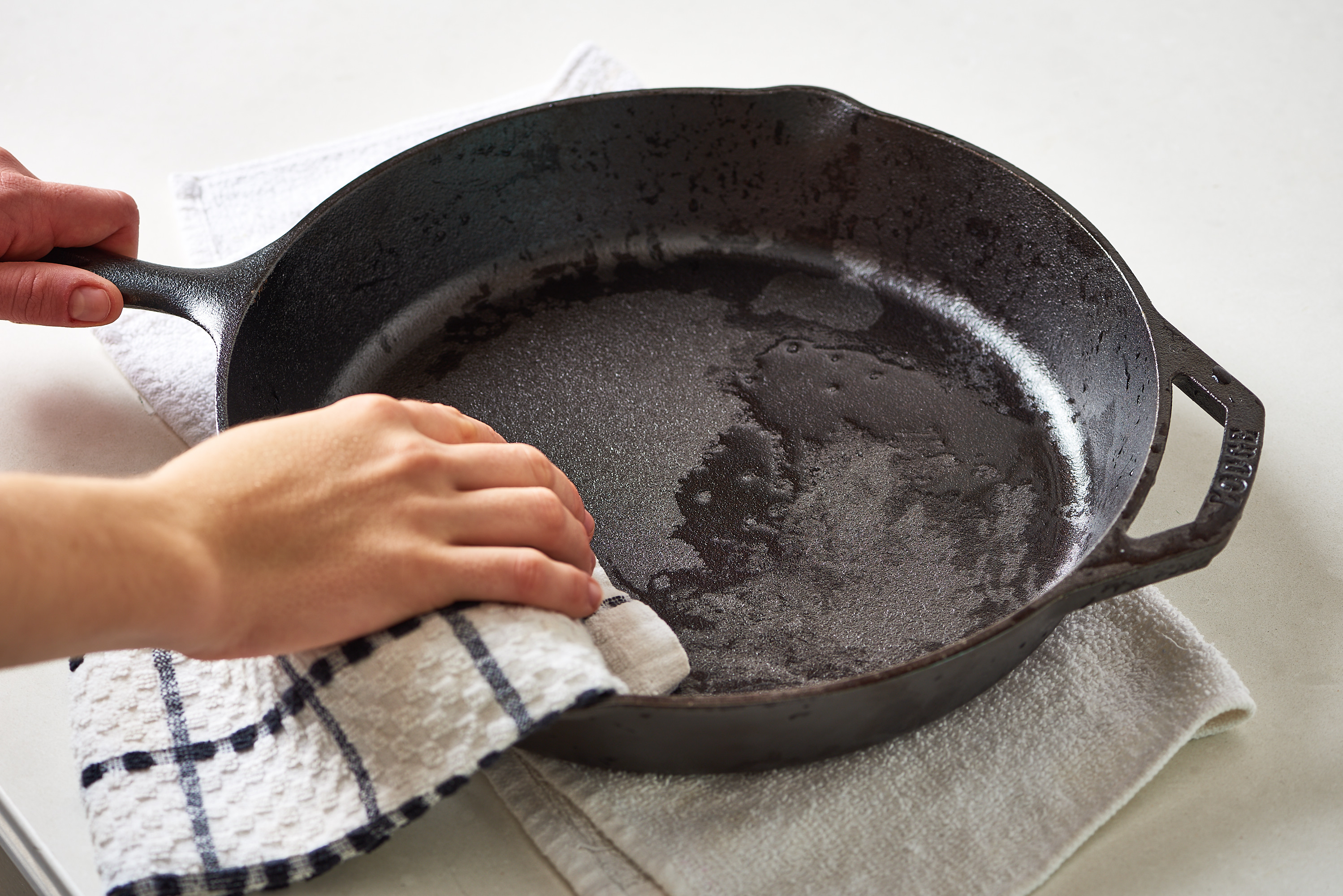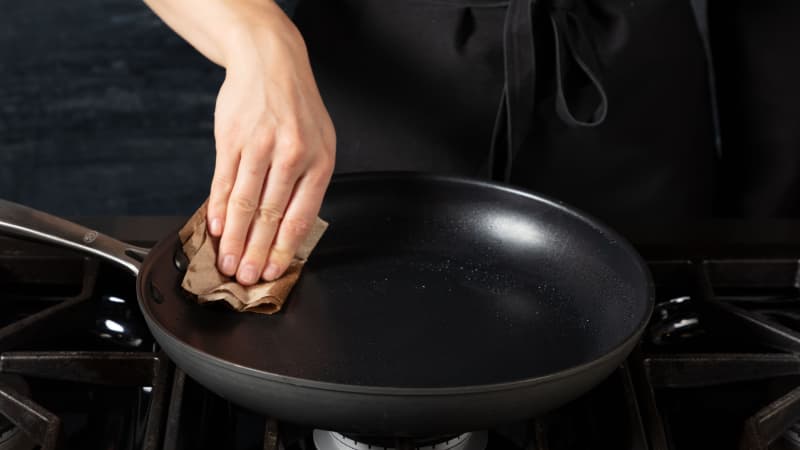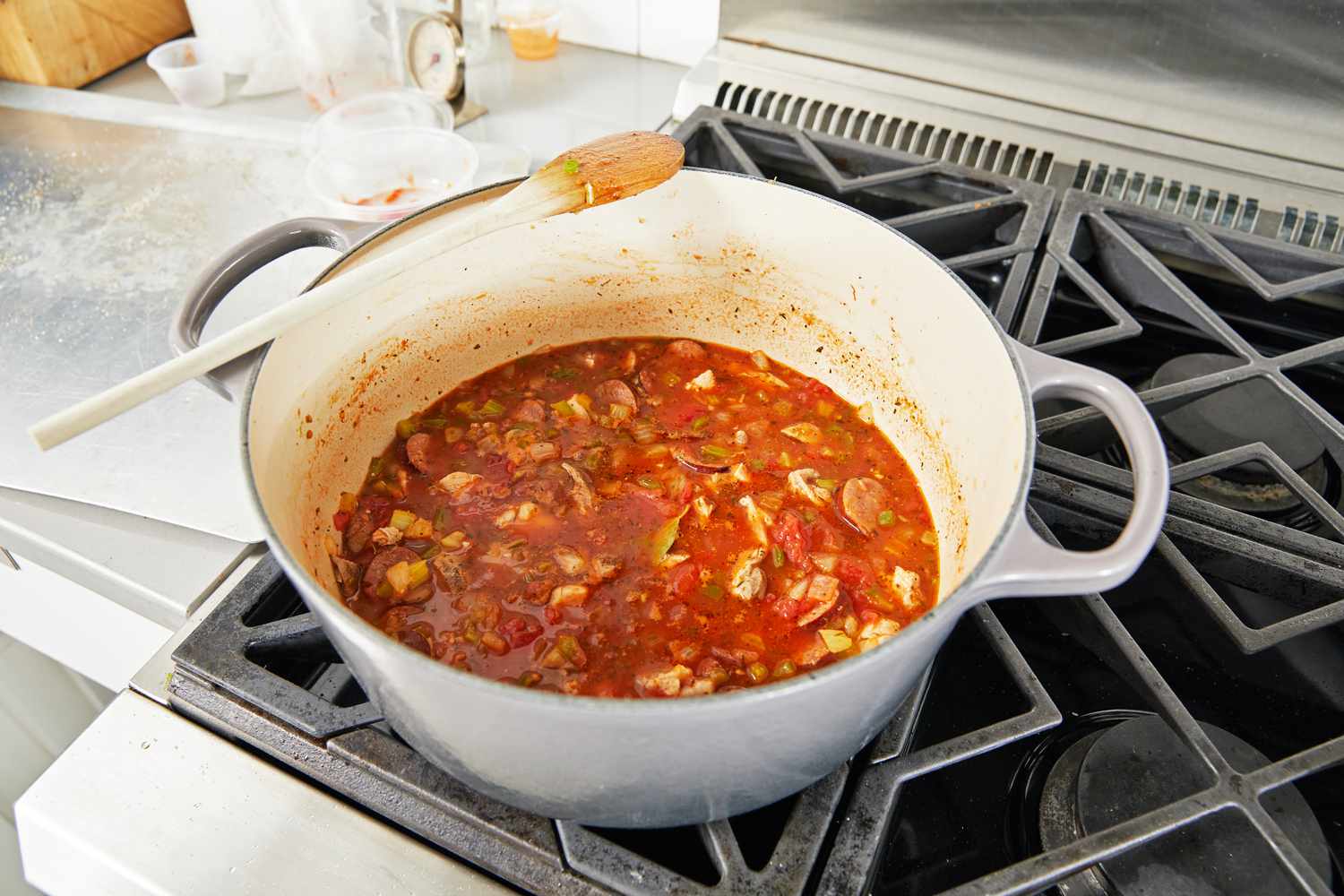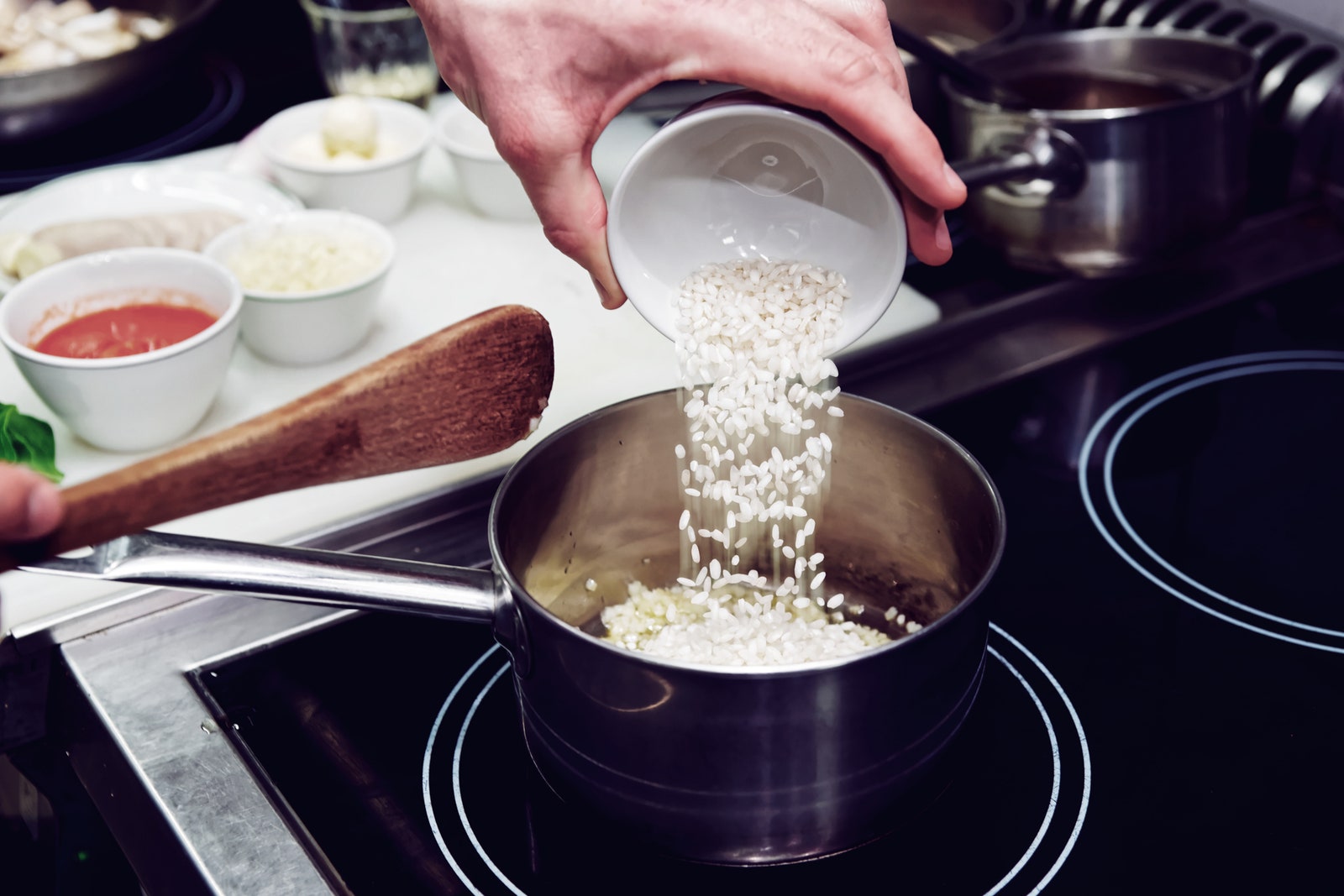For many kitchen professionals, the question 'why is my cast iron sticky after seasoning' can lead to moments of frustration. Seasoning is an essential process that ensures your cast iron cookware is non-stick and protected from rust. Yet, sometimes, even after meticulous effort, your cookware can end up sticky, making cooking and cleaning a challenge.
The process of perfectly seasoning cast iron isn't merely about applying oil and putting it in the oven. It's a detailing experience that requires understanding the nuances of fat composition, temperature control, and even the type of oil you utilize. This article delves deep into why cast iron can become sticky after seasoning and provides you exclusive tips to ensure a smooth cooking experience.

Understanding Cast Iron Seasoning
Seasoning refers to the process of applying a layer of oil to cast iron cookware and heating it to create a non-stick surface. This process works through polymerization, where the oil is heated to its smoke point, forming a hardened layer that binds to the cast iron. However, if done incorrectly, you may end up with a sticky surface.
Key Factors Contributing to Stickiness
Several factors can cause a sticky coating on your cast iron. Identifying these can help you prevent future issues:
- Excess Oil: Overapplying oil is a primary reason for sticky cast iron. It's crucial to use just enough oil to lightly coat the surface. Any excess oil can polymerize improperly, resulting in an unwanted sticky texture.
- Low Temperature: Seasoning should be done at a high enough temperature ideally just below the smoke point of the oil used. Cooking at too low a temperature can lead to improperly bonded oil.
- Type of Oil Used: Not all oils are created equal when it comes to seasoning. Some oils have lower smoke points which may lead to sticky surfaces. Choosing the right oil is vital.
- Insufficient Curing: The seasoning process requires thorough curing. If your cast iron cookware hasnt cured long enough or is cooled down too rapidly, it may result in a compromised surface.
Choosing the Right Oil for Seasoning
When deciding on the oil, here are a few options that can enhance the seasoning process:
How to Properly Season Your Cast Iron
To achieve great results, follow these steps carefully:
- Preheat your oven to 450F (232C).
- Thoroughly clean your cast iron with warm water and a brush, avoiding soap.
- Dry it completely, as moisture can lead to rust.
- Apply a thin layer of your chosen oil using a paper towel to spread it evenly.
- Place the cookware upside down in the oven to allow any excess oil to drip off.
- Bake for an hour, then let it cool in the oven.
Troubleshooting Common Issues
If your cast iron remains sticky despite following proper processes, here are some troubleshooting tips:
- Re-seasoning: If your cast iron is still sticky after seasoning, it might require an additional round. Remove the sticky layer with a steel wool scrub and rinse with hot water, then follow the seasoning steps again.
- Adjust Temperature: Monitor your oven's temperature accurately. An oven thermometer can help ensure youre reaching the necessary heat.
- Oil Type Consideration: You may want to switch your oil if you've had consistent problems. Oils with higher smoke points generally yield better results.
FAQs About Cast Iron Seasoning
Why is my cast iron sticky after seasoning?
This could be due to excess oil, low temperature during the seasoning, or insufficient curing time.
What should I do if my cast iron is sticky?
If it remains sticky, scrub it thoroughly and re-season it, applying a thinner layer of oil next time.
What are the best oils for seasoning cast iron?
Some solid options include grapeseed oil, flaxseed oil, and canola oil. For more details, check out this seasoning guide.

Conclusion
Mastering the art of seasoning your cast iron can significantly enhance your cooking experience. Understanding the science behind why your cast iron becomes sticky and following the right steps can turn a frustrating kitchen encounter into a triumphant one. With the tips provided and through practice, you can ensure your cast iron remains a trusty and non-stick companion in the kitchen.
As an Amazon Associate, I earn from qualifying purchases.






Leave a comment
This site is protected by hCaptcha and the hCaptcha Privacy Policy and Terms of Service apply.